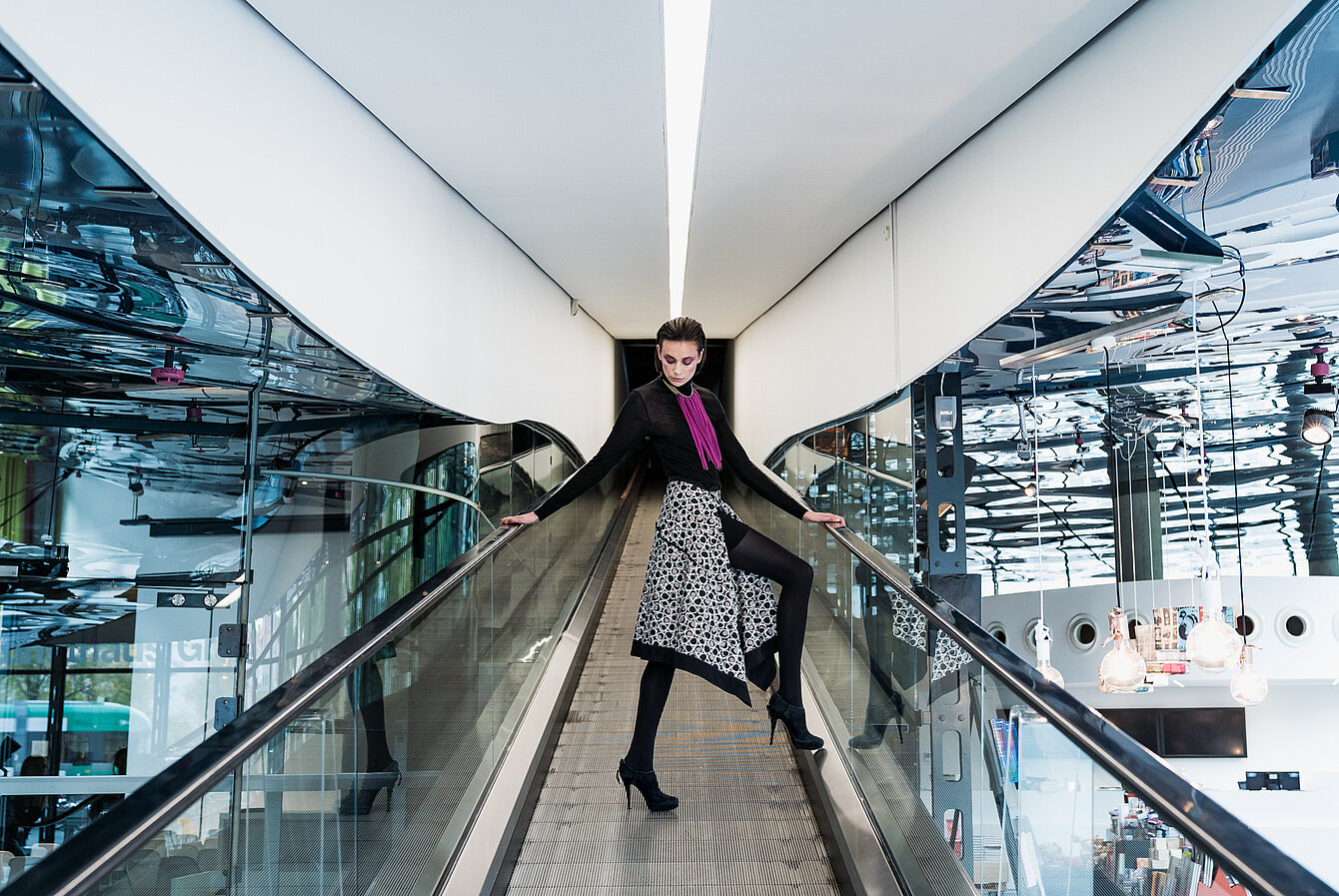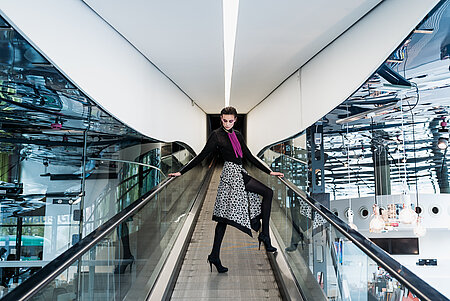The fact that fashion designers dress the service staff of art institutions is a comparatively recent development. Fashion designers have been designing workwear for airlines since the 1960s: Emilio Pucci designed the futuristic-looking uniforms for Braniff International Airways in 1966 and 1971. Commissions from famous fashion designers then increased significantly in the 1990s. Marketing professionals recognised that a uniform appearance creates better identification with the respective (corporate) brand. Clothing was now seen in terms of its advertising impact and employees were used as brand ambassadors. Giorgio Armani outfitted Alitalia in 1991, Christian Lacroix Air France in 2005 and Vivian Westwood Virgin Airlines in 2013, followed by designs for Olympic teams, hotel and bar staff. For example, the Novotel hotel chain commissioned Peter Morrissey in 2009 and Sophie Theallet designed clothes for the staff of the Gramercy Park Hotel Rose Bar, New York, in 2012.
In the art world, Naoki Takizawa's (Miyake Design Studio) outfits for the 21st Century Museum of Contemporary Art in Kanazawa, 2004-14, and the MoMA, New York, 2014, or Christopher Raeburn's outfits for the V&A Museum, London, at the end of 2017, caused a sensation. In all of these cases, these are uniforms that clearly show the function of their wearers and their affiliation to an organisation, but are intended to be clearly different from the stiffness of the "museum attendant uniform" of past decades. This fits in with general developments in the museum sector. Since the late 1980s, they have increasingly been developed into "brands", turning the uniforms into "living advertising". The museum attendants were transformed into service personnel and advertising media.





















